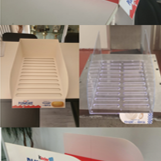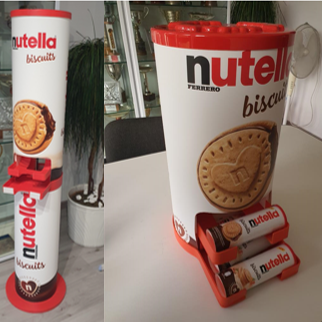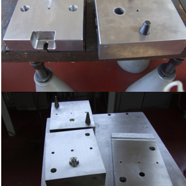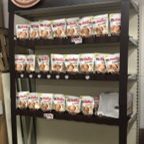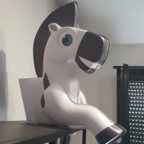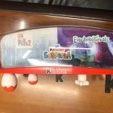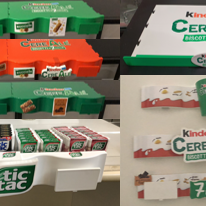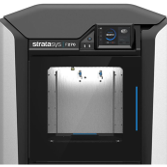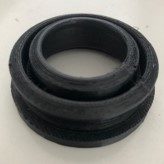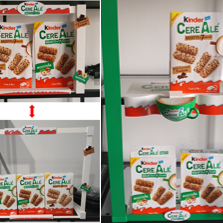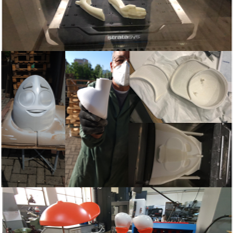
The Stampi Pilone is equipped with a 3D printer, which uses the mathematics of the objects requested by customers to create a first copy of the finished product.
This machine has the task of reading the CAD drawings supplied to it and of reproducing the desired object through the use of dedicated heads; the prototype will consist of layers of plastic and support material that overlap thus generating the artifact requested by the customer.
Therefore, the employees of the Pilone Moulds take care of the removal of the support material by means of the special washing tank and dedicate themselves to the sanding of the materials, to make them homogeneous and to prepare them for painting, an additional service that the Company offers.
In case the sample to be made is large, the particular is divided into sections for printing, which are then assembled and stuccoed to ensure its mechanical and geometric qualities.
You can then touch the final result with your own hands, so that you can make the right changes before starting the actual production of the moulds.
The high technology of the printer that is in the possession of the Pilone Moulds allows to provide prototypes of different types of materials:



